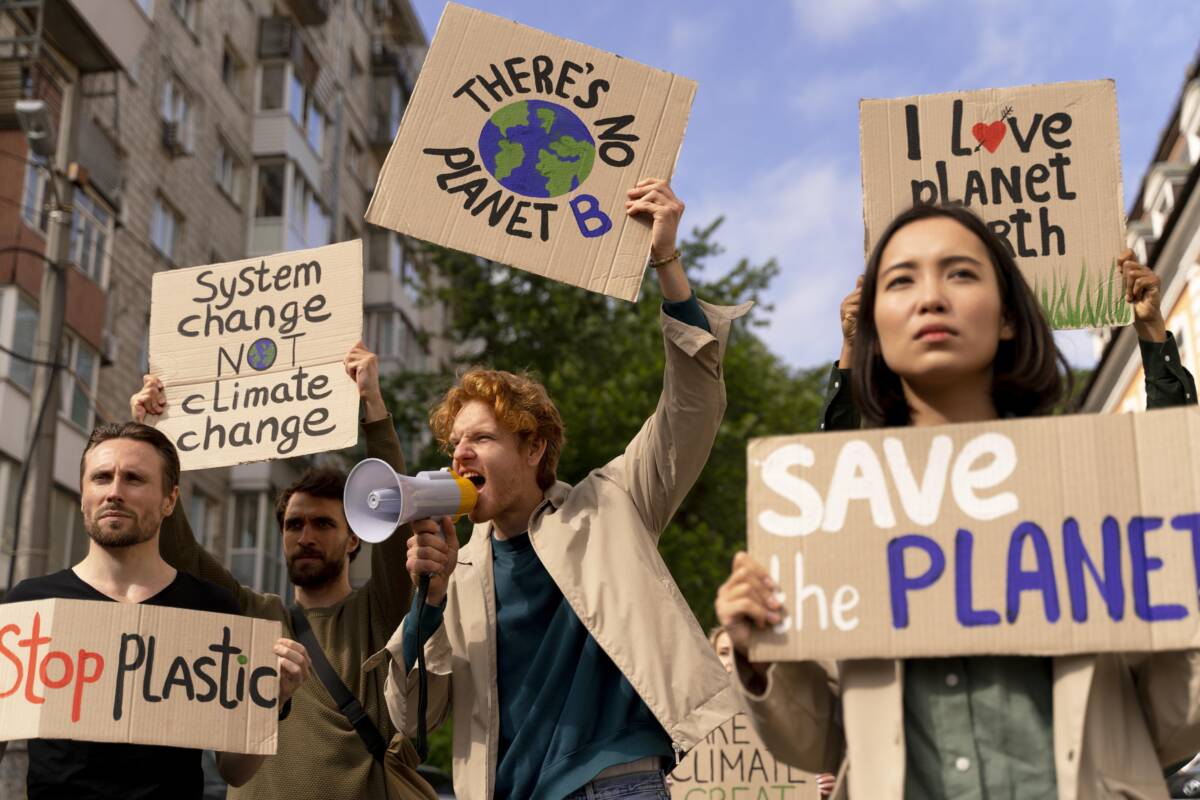Jakarta, 31 July 2024 – As the climate crisis becomes increasingly apparent, optimizing the energy transition from fossil to renewable energy is necessary. Based on a report by the Ministry of Energy and Mineral Resources (MEMR), Indonesia’s energy mix is still dominated by coal and petroleum. In 2023, the coal mix in national primary energy reached 40.46 percent, and petroleum 30.18 percent. Meanwhile, the natural gas mix is 16.28 percent, and new renewable energy (NRE) is the smallest, at 13.09 percent. In fact, with abundant renewable energy potential, Indonesia can further reduce its dependence on fossil energy and switch to more sustainable energy.
Muhammad Hanif, Chairman of Generasi Energi Bersih (GEN-B) Surabaya, explained that Indonesia has abundant renewable energy potential, reaching around 3,687 GW based on Ministry of Energy and Mineral Resources (MEMR) data. The potential consists of 3,294 GW of solar energy, 95 GW of hydro, 57 GW of bioenergy, 155 GW of wind energy, 23 GW of geothermal, and 63 GW of ocean potential. The potential of NRE is vast, scattered, and diverse.
“One example of the use of renewable energy, namely wind energy, which can have a significant impact is in Nganjuk Regency. Nganjuk is known as the city of wind and is the second largest producer of shallots in Indonesia. Onion farmers in Nganjuk face a serious problem with armyworm pests, which often results in crop failure. To avoid this, farmers usually water the fields with pesticides on average three times a day, which is expensive and damaging to the soil,” Hanif said in SustainergyX: Express Yourself with Renewable Energy Day Two, on Sunday (21/7/2024).
According to Hanif, some farmers have innovated using light traps and water containers to drown pests. This method effectively reduces pesticide use by 70 percent and increases shallot production. However, many farmers still cannot utilize this innovation because there is no access to electricity. For this reason, small-scale wind turbines can be a beneficial solution. By using the existing wind potential, farmers can get access to electricity to light up their pest traps without having to rely on the primary power grid. This will not only help reduce the use of pesticides but also encourage the utilization of renewable energy at the local level.
Not only that, Indonesia, with its abundant natural resources, has great potential in the development of renewable energy, especially bioenergy. Bioenergy is a form of energy produced from organic materials, such as crop residues, wood, and agricultural waste. Riza Egi Arizona, Community-Based Bioenergy Program Assistant at Madani Berkelanjutan, stated that although the development of the bioenergy sector can contribute to the fulfillment of the new renewable energy (EBT) target of 23 percent by 2025, the government needs to prioritize sustainability aspects.
“However, the protection of forests and peatlands needs to be an integral part of biofuel policy in Indonesia. Indonesia’s forests and peatlands not only serve as important carbon stores, but also as habitats for a variety of flora and fauna. Bioenergy development that does not consider sustainability aspects could threaten these ecosystems, causing deforestation, land degradation and loss of biodiversity,” Riza said.
For this reason, Riza said, bioenergy development must be carried out sustainably, good forest management practices must be integrated, and local communities must be involved. This is important to ensure that bioenergy development does not damage the environment but instead supports nature conservation efforts.
On the other hand, Delilah Ivo Swaraswati, Marketing Executive of Pristine Indonesia, said that amid the climate crisis, implementing green building is not just an option but a necessity for a sustainable future. With the earth’s temperature getting hotter, buildings in Indonesia continue to rely on cooling systems, which account for at least 60 percent of energy consumption in buildings. This is a growing concern as the building sector contributes 40 percent of carbon emissions globally.
“To reduce the negative impact of the building sector, several important parameters in green building implementation need to be applied. First, appropriate land use. Second, water conservation, which means the use of water-saving technologies, such as low-pressure faucets and toilets, and the utilization of rainwater for non-consumption purposes can significantly reduce water consumption. Third, material sourcing and cycling, where the use of building materials that are environmentally friendly and have a long life cycle is highly recommended. Fourth, indoor health and comfort. Fifth, building environment management, a good environmental management system also includes regular building maintenance to maintain optimal building environment performance,” said Delilah.

